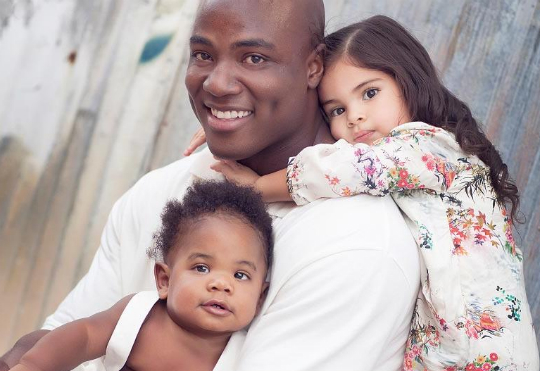 For most of the 20th century, adoptions were largely “closed,” meaning birth parents placed their child with an adoption agency and had no further contact unless the child sought them out later in life. However, statistics show that a shift occurred in the 1990s when adoption practitioners started to recognize the benefits of “open” adoptions, or adoptions in which adoptive families have ongoing interactions with the birth family. Now, University of Missouri communication researchers are studying the benefits and challenges of open adoptions. Their recent study shows that open adoption relationships in which communication is encouraged, can benefit the child and their adoptive parents.
For most of the 20th century, adoptions were largely “closed,” meaning birth parents placed their child with an adoption agency and had no further contact unless the child sought them out later in life. However, statistics show that a shift occurred in the 1990s when adoption practitioners started to recognize the benefits of “open” adoptions, or adoptions in which adoptive families have ongoing interactions with the birth family. Now, University of Missouri communication researchers are studying the benefits and challenges of open adoptions. Their recent study shows that open adoption relationships in which communication is encouraged, can benefit the child and their adoptive parents.
“In the past, closed adoptions severely cut off any communication between biological parents and the children they placed for adoption,” said Haley Horstman, assistant professor of interpersonal and family communication in the Department of Communication in the MU College of Arts and Science. “Biological parents in open adoption relationships often feel more secure knowing more about the parents who adopted their children. We found that the best outcome for an adopted child is for adoptive parents and birth parents to jointly tell the story of adoption, when appropriate. This open communication between birth parents and adoptive parents has changed the nature of adoptions; birth parents have appreciated this new movement toward openness.”
Two years ago, Colleen Colaner, who also is an assistant professor of communication at MU, traveled throughout Missouri making connections with adoption agencies and building a network of adoptive parents interested in participating in research on open adoption. The list became crucial to Colaner and Horstman’s research into adoption entrance narratives, or the stories adoptive parents tell their adopted children about who they are and how they fit into their new families.
Horstman said analyzing the adoption entrance narratives of 165 adoptive parents (mostly mothers) revealed themes that help shape the ways in which adoptive and biological parents communicate with their children.
“It’s important to get a sense of what the adoptive parents are saying to birth parents and what they are saying to the adopted child about their biological parents,” Colaner said. “These conversations are really shaping what open adoption relationships look like.”
“The themes we discovered are about the process of storytelling,” Horstman said. “As we analyzed the process of communication, we found that adoptive parents are the ‘gatekeepers’ to the relationships their adoptive kids have with their birth parents. Adoptive parents and birth parents don’t have to be the best of friends, but they can try to have a good relationship, even though it can be challenging.”
The study, “She chose us to be your parents – exploring the content and process of adoption entrance narratives told in families formed through open adoption,” was accepted for publication in the Journal of Social and Personal Relationships, and was funded by the University of Missouri Richard Wallace Alumni Grant. Horstman and her colleagues will present two other papers from this dataset at the National Communication Association conference during National Adoption Month in November.
Editor’s Note: For more on the story, please see: “The Benefits and Challenges of Open Adoptions”

Hi Admin. How Are You. Very Nicest Content Thanks. https://pornxss.net/actors
Hello my admin Very Goodd Post. https://pornxss.net/actor/anastasia-knight